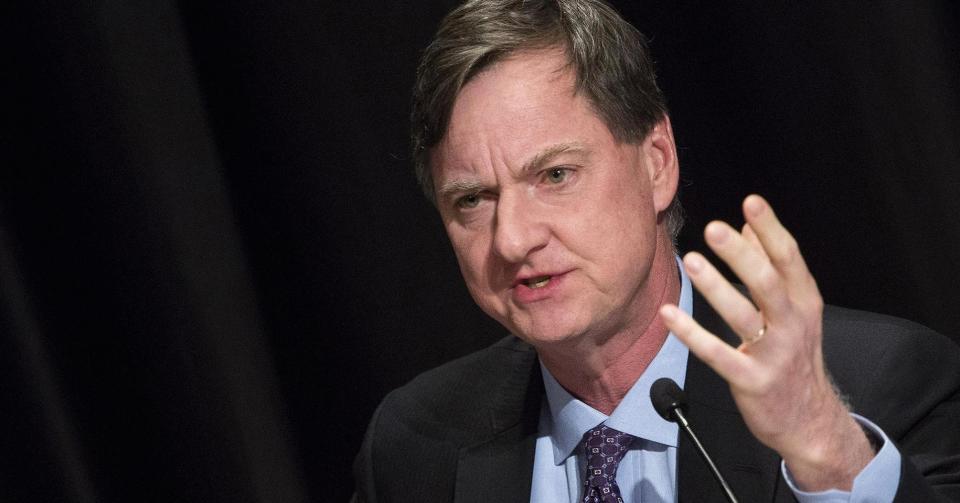Amazon cutting prices at Whole Foods will not cause deflation
Amazon (AMZN) buying Whole Foods (WFM) seems like the only thing anyone can talk about right now.
This includes Federal Reserve officials.
On Tuesday, Chicago Fed president Charles Evans said in an interview with CNBC that, “In a world of global competition and new technology, I think competition is coming from new places. New partners are choosing to merge and sort of changing the marketplace and [bringing] more competitive pressures on price margins.”
Evans later noted the Amazon-Whole Foods merger by name, which analysts have speculated will come with grocery price cuts.
In the Evans read-through, then, what this means for Fed policy is that its 2% inflation goal — which is benchmarked to the “core” PCE reading, which excludes the cost of food and energy — may be even harder to achieve. (“Core” PCE has hardly run above the Fed’s 2% goal since the financial crisis.) Except that the exact opposite would be most likely to happen.

Money saved on food is money that can be spent on something else
“If there is strong competition in the food retail industry and it pushes food prices down but wage growth in the labor market is unchanged, it implies an outward shift in the household budget constraint,” writes Neil Dutta, an economist at Renaissance Macro.
“This frees up money to spend on other goods and services, which drives up the prices for those goods and services.”
In short, Americans spending less money at the grocery store allows them to spend more money elsewhere.
And if inflation is essentially too much money chasing too few goods, then an acceleration in the amount of money being spent outside of category, which is excluded from the Fed’s preferred inflation measure, ought to create the potential conditions for more rate hikes.
But this also drives at a more subtle point about inflation, prices, and what the Fed is trying to accomplish.
What price stability really means
Many might hear the Fed’s language around its 2% inflation target — “price stability” — and wonder why a 2% increase in prices is considered stable by economists. The short answer is that prices rising modestly encourage both households and corporations to spend and invest money now given that the purchasing power of their currently-held assets will decline over time. The key, however, is that these prices rise “modestly” and not too fast or not at all.
Economists worry about “deflationary spirals” because a belief that prices will be lower in the future would lead to a delay in investments and spending, potentially choking off economic activity. Fast rises in inflation also have damaging effects as it more quickly erodes purchasing power of currently-held assets and can negatively impact economic growth as the volume of goods and services falls if prices rise too soon.
Thus, a 2% increase in prices is seen as stability. This is, of course, all over-simplified.
But the most important concept to keep in mind here is that lower prices of goods at Whole Foods or on Amazon.com is not deflationary.
Dutta adds that, “monetary policy should respond to the general level of prices not respond to a relative shift.”
In other words, when we talk about inflation, we’re discussing the overall price level of goods and services in the economy not which goods and services are rising in price and which are falling. Which is why lower Whole Foods prices (or higher burrito prices) individually do not indicate deflation or inflation.
Sometimes, economics is not as obvious as some people think.
—
Myles Udland is a writer at Yahoo Finance. Follow him on Twitter @MylesUdland
Read more from Myles here:


